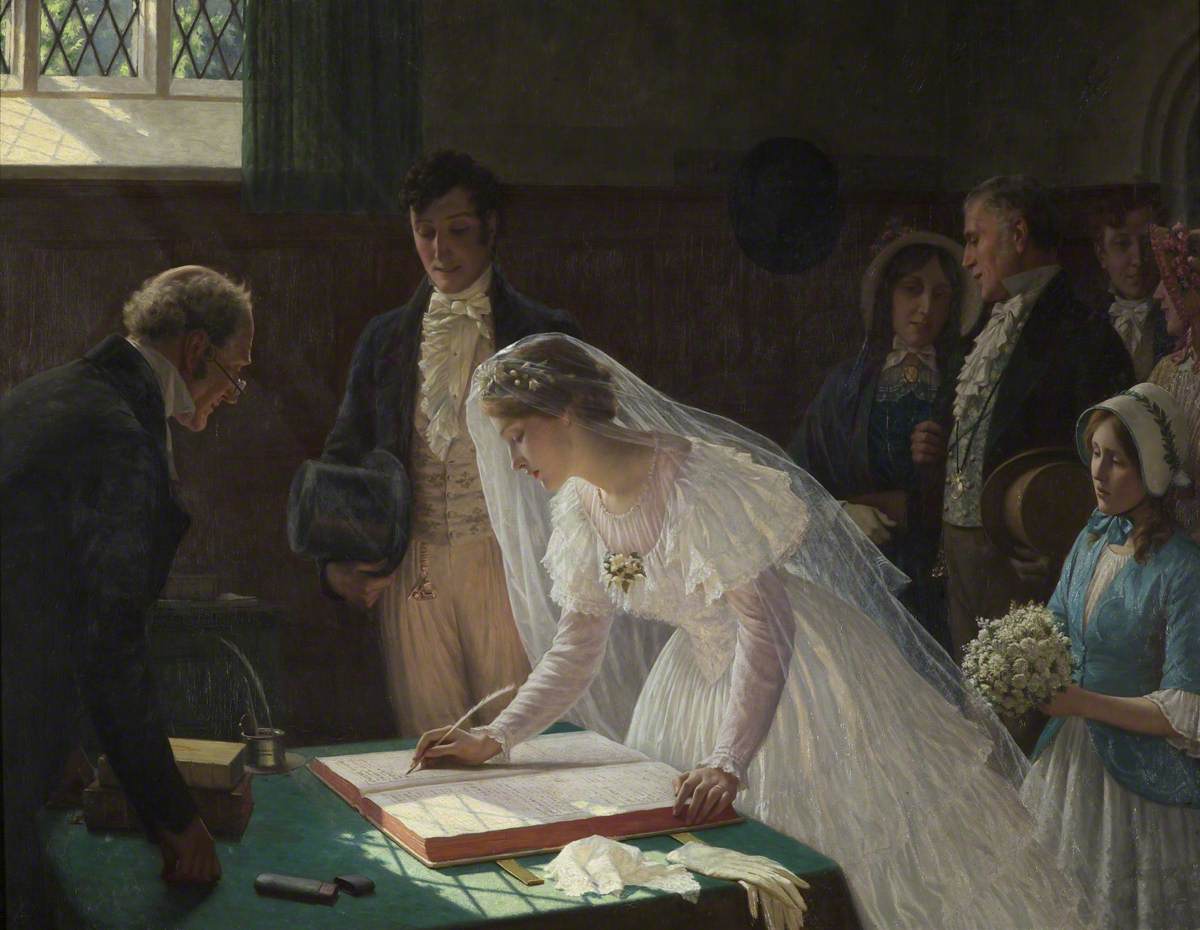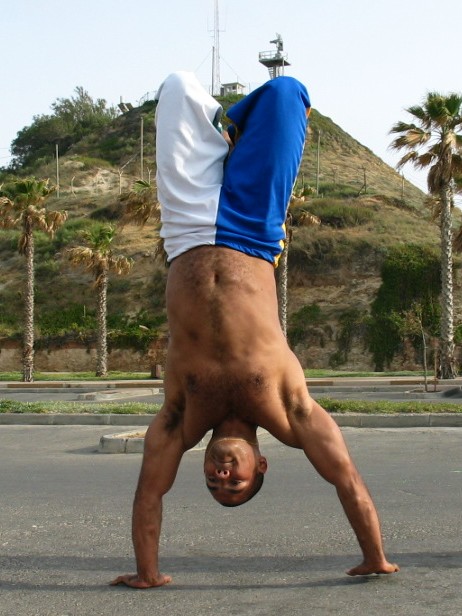|
Children's Games (Bruegel)
''Children's Games'' is an oil-on-panel by Flemish Renaissance artist Pieter Bruegel the Elder, painted in 1560. It is now in the Kunsthistorisches Museum in Vienna. The entire composition is full of children playing a wide variety of games. Over 90 different games that were played by children at the time have been identified. Description This painting, mentioned for the first time by Karel van Mander in 1604, was acquired in 1594 by Archduke Ernest of Austria. It was suggested that it was the first in a projected series of paintings representing the Ages of Man, in which ''Children's Games'' would have stood for Youth. If that was Bruegel's intention, it is unlikely that the series progressed beyond this painting, for there are no contemporary or subsequent mentions of related pictures. The children, who range in age from toddlers to adolescents, roll hoops, walk on stilts, spin hoops, ride hobby-horses, stage mock tournaments, play leap-frog and blind man's bluff, perform h ... [...More Info...] [...Related Items...] OR: [Wikipedia] [Google] [Baidu] |
Pieter Bruegel The Elder
Pieter Bruegel (also Brueghel or Breughel) the Elder ( , ; ; – 9 September 1569) was among the most significant artists of Dutch and Flemish Renaissance painting, a painter and printmaking, printmaker, known for his landscape art, landscapes and peasant scenes (so-called Genre art, genre painting); he was a pioneer in presenting both types of subject as large paintings. He was a formative influence on Dutch Golden Age painting and later painting in general in his innovative choices of subject matter, as one of the first generation of artists to grow up when religious subjects had ceased to be the natural subject matter of painting. He also painted no portraits, the other mainstay of Netherlandish art. After his training and travels to Italy, he returned in 1555 to settle in Antwerp, where he worked mainly as a prolific designer of old master print, prints for the leading publisher of the day. At the end of the 1550s, he made painting his main medium, and all his famous paint ... [...More Info...] [...Related Items...] OR: [Wikipedia] [Google] [Baidu] |
Mock Child Wedding
Mock may refer to: Names *Mock (surname) *Mock, or Duncan Stump, a member of the band Mock & Toof *Mock, a character in the Japanese anime series '' Mock & Sweet'' Places *Mock, Washington, a ghost town Imitations *Mockery, imitation to express ridiculing derision *Mock object, a programming object that mimics the behavior of real objects in controlled ways *Mock trial, an act or imitation trial See also *''Mock - 1'', a 1998 album by Mocking Shadows *"Mock", a 2015 song by The Story So Far from ''The Story So Far'' *''Mock the Week'', a British topical comedy panel show broadcast on BBC Two Synonyms *Fake (other) * Imaginary (other) *Insult *Parody *Pretending (other) *Simulation Derived terms *Mockup *Mocker (other) *Mock orange (other) *Mockery (other) *Mock olive Possible misspellings *Mack (other) *Meck (other) *Mick (other) Mick is a masculine given name or nickname, usually a hypocorism ... [...More Info...] [...Related Items...] OR: [Wikipedia] [Google] [Baidu] |
Wedding
A wedding is a ceremony in which two people are united in marriage. Wedding traditions and customs vary greatly between cultures, ethnicity, ethnicities, Race (human categorization), races, religions, Religious denomination, denominations, Country, countries, social classes, and sexual orientations. Most wedding ceremonies involve an exchange of marriage vows by a couple; a presentation of a gift (e.g., an offering, rings, a symbolic item, flowers, money, or a dress); and a public proclamation of marriage by an authority figure or Celebrant (Australia), celebrant. Special wedding garments are often worn, and the ceremony is sometimes followed by a wedding reception. Music, poetry, prayers, or readings from religious texts or literature are also commonly incorporated into the ceremony, as well as Wedding superstitions, superstitious customs. Common elements across cultures Some cultures have adopted the traditional Western custom of the white wedding, in which a bride wear ... [...More Info...] [...Related Items...] OR: [Wikipedia] [Google] [Baidu] |
Somersault
A somersault (also ''flip'', ''heli'', and in gymnastics ''salto'') is an acrobatics, acrobatic exercise in which a person's body Rotation#Sports, rotates 360° around a horizontal axis with the feet passing over the Human head, head. A somersault can be performed backwards, forwards or sideways and can be executed in the air or on the ground. When performed on the ground, it is typically called a Roll (gymnastics), roll. Etymology The word 'somersault' is derived from Old Provençal ''sobresaut'' (via Middle French ''sombresault'') meaning "jump over", from ''sobre'', "over" (from Latin ''supra-'', as in ''supranational''); and ''saut'', "jump" (from Latin ''saltus'', the same root as ''salient''). Types Body positions Somersaults may be performed with different positions, including tucked, piked (bent at the hips), straddled, and layout (straight body). Somersaults are often completed with twists. Direction The sport of tumbling (sport), tumbling does not require part ... [...More Info...] [...Related Items...] OR: [Wikipedia] [Google] [Baidu] |
Handstand
A handstand is the act of supporting the body in a stable, inverted vertical position by balancing on the hands. In a basic handstand, the body is held straight with arms and legs fully extended, with hands spaced approximately shoulder-width apart and the legs together. There are many variations of handstands, all of which require the performer to possess adequate balance and upper body strength. Kinematics Handstands use the wrist flexor muscles as well as the anterior deltoid, pectoralis major, latissimus dorsi, biceps brachii, and trapezius descendens. It is considered demanding in terms of both the muscle and joint requirement. According to a 2017 study most handbalancers use wrist movement to maintain balance in a handstand. Another study found that handbalancers who were also expert gymnasts had better coordination than those at an intermediate level of gymnastics. More advanced practitioners also altered their center of pressure less to change the center of mass wh ... [...More Info...] [...Related Items...] OR: [Wikipedia] [Google] [Baidu] |



